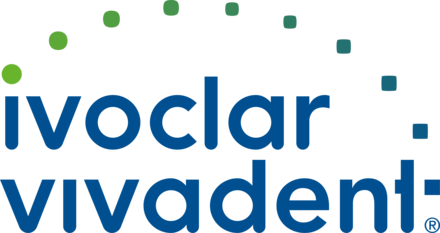Ivoclar e.max® - Glass-ceramic
E.max® is one of the best-known materials on the dental market and is easily recognizable and distinguishable thanks to its typical purple color. It is particularly popular among dentists and dental technicians alike due to its outstanding esthetics. The material has also proven itself from the point of view of our experts, which is why we have included it in our extensive material portfolio for many years. Last but not least, glass-ceramic is also very appreciated by patients.
Ivoclar IPS e.max® CAD
e.max lithium disilicate, like e.max ZirCAD, is part of the Ivoclar all-ceramic system IPS e.max. The e.max glass-ceramic is also differentiated according to the manufacturing technique. Ivoclar offers the material both for the press technique (IPS e.max Press) and for fabrication using the CAD/CAM technique (IPS e.max CAD).
Like the materials VITABLOCS® TriLuxe forte and 3M ™ Lava ™ Ultimate, Ivoclar IPS e.max® CAD is sold in blocks. Originally, e.max® was only intended for single tooth restoration and the blocks were accordingly small. The e.max® product portfolio was later expanded to include larger blocks, which make it possible to mill bridges with up to 3 units.
The e.max® material is characterized above all by high aesthetics and, in comparison to feldspar ceramics, which are also very aesthetic, by high strength.
Did you know? IPS e.max® CAD is the world's most sold CAD / CAM glass-ceramic.1)
As with Ivoclar IPS e.max® ZirCAD, the tooth shade for Ivoclar IPS e.max® can be determined with the Ivoclar Shade Navigaton app.
We offer the e.max® CAD variants marked with *. If your favorite is not among them, please contact us!
IPS e.max CAD HT (High Translucency) - all 16 Vita shades* and Bleach shades*
IPS e.max CAD MT (Medium Translucency) - A1, A2, A3, B1* and Bleach shades*.
IPS e.max CAD LT (Low Translucency) - all 16 Vita shades* and Bleach shades*
IPS e.max CAD MO (Medium opacity) – shade groups MO 0 - MO 4
IPS e.max CAD Impulse - opalescent blocks in two variants (Opal 1, Opal 2)
IPS e.max® CAD Abutment Solutions
The e.max blocks can be glued directly to a titanium adhesive base via a prefabricated interface. According to the manufacturer, the Viteo Base Ti or Dentsply Sirona TiBase systems are suitable for this purpose.
IPS e.max® CAD Veneering Solutions
In addition to crowns and smaller bridges, the IPS e.max® CAD Veneering Solutions can also be used to fabricate wide-span bridges. This material is a combination of lithium disilicate and zirconium oxide.
CONCLUSION
Ivoclar IPS e.max® CAD is particularly appreciated for the esthetic restoration of single teeth. Thanks to our state-of-the-art CAD/CAM technology, the material is also easy to process and offers great potential to create added value in your laboratory..
Update: The Ivoclar Shade Navigation app is no longer available.
